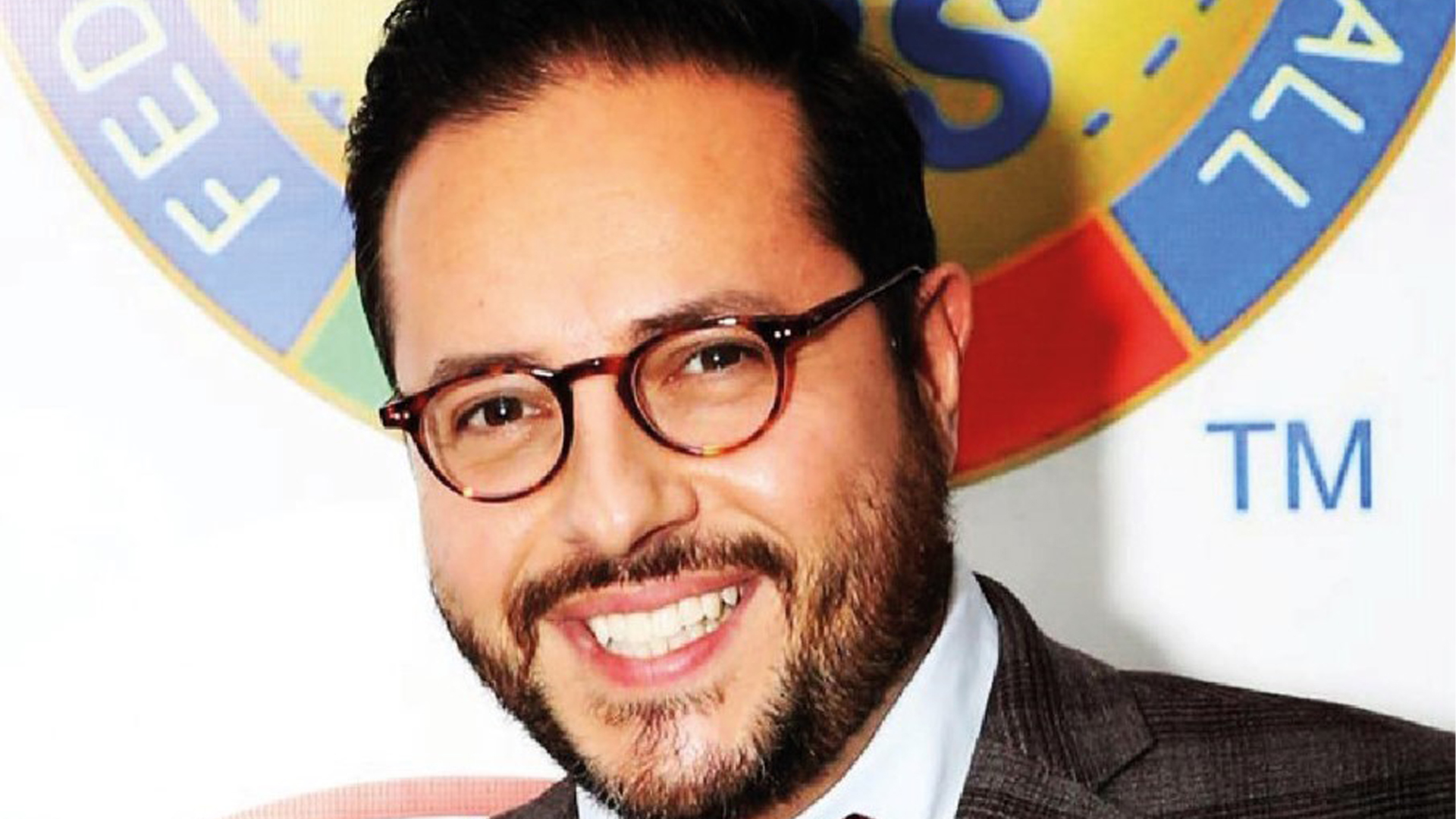Italians have made profound contributions to American culture in all parts of the US. Preserving the Italian American experience of the past to give to generations of the future is one of the many ways Italian heritage remains alive. America Domani sat down with Ray Guarini, founder of the incredibly popular Italian American social media platform Italian Enclaves Historical Society, and discussed how he has set out to identify and catalog the numerous Italian American enclaves and churches throughout the United States that are woven into the fabric of our country. The following interview has been edited for length and clarity.
America Domani: Tell us about your Italian heritage.
Ray Guarini: I am a third generation Italian American. My mother and father’s families both come from Campania. Mostly, from Grottaminarda, a town outside of Avellino.
AD: What was your inspiration to start the Italian Enclaves Historical Society?
RG: I grew up in Bay Ridge, Brooklyn and about 10 years ago I noticed that places in my neighborhood were closing. I wondered if this was happening in other Italian parts of the United States. Are there demographic changes? Are the children in these neighborhoods going into new industries? I decided to go on a road trip to see what was out there and if this phenomenon was happening elsewhere. First, I went up the Northeast to Boston then to Connecticut and Rhode Island. My road trip enlightened me to the fact that there are still a lot of Italian businesses still alive. I wanted to create an archive of all of these places. I started documenting on Facebook in 2017 and Instagram in late 2017, and early 2018. The content became really popular. There is a demand and need for people to see this and there was a serious interest in this project. In 2019, I created our non-profit with the goal to document Italian enclaves throughout the United States. I, also, began documenting Italian parishes and that information keeps coming at us. Doing this research has led me to Italian churches and enclaves I didn't know about. Our research is granular and includes enclaves and churches that no longer physically exist because of urban planning. Research has become an obsession - it’s so much fun.
AD: From your experience visiting Italian enclaves, what do you think sets these neighborhoods apart in the United States?
RG: They’re self-contained, not as affected by commercialization and safer. These enclaves are built on the foundation of strong family and religious values. The Italian neighborhoods that continue to thrive and endure are because of open businesses, open churches and active Italian societies. This continues the traditions. But, many of these neighborhoods aren't Italian anymore in the sense that the people living there aren't Italian. However, quite a few neighborhoods still have Italians living there. For example, Dyker Heights in South Brooklyn. There is a strong Italian presence. It’s one of the best examples in New York because it's mostly residential and still predominantly Italian. The Italians who remain in these neighborhoods are usually older, for a certain generation. The cliche of upward mobility takes people out of the neighborhood but, ironically, once they leave they miss it when they’re gone.
AD: Are there any Italian neighborhoods that have been particularly memorable or impacted your perspective of Italian American history & culture?
RG: In Kansas City, Missouri I felt like I was going back in time - it was extraordinary. I met someone by chance and this man helped me get access to many Italian businesses and the main church. The experience was very memorable since I had someone warmly welcome me into the neighborhood; someone in the community to help you stands out. Also, San Francisco, CA. There are still so many Italian businesses and the neighborhood is a much larger area than expected. This community was, by default, unique and very special.
AD: What do you believe it will take to preserve Italian enclaves in the US?
RG: For the younger generations to not leave. We need the communities to continue traditions like processions, patronize businesses, and welcome Italians who move to the US to repopulate these neighborhoods. Reinvesting in the community is key. Today, people prefer to be among diversified communities. The opportunities aren't as lucrative in many Italian neighborhoods as they once were and they aren’t limited to the community anymore. Preserving is a whole other animal than documenting so it’s difficult to say. Fundamentally, if no one sells their homes in a given enclave and Italians continue to migrate to those enclaves, I suppose they can be preserved.
AD: What do you hope the future is for the Italian Enclaves Historical Society?
RG: I hope that we are able to finish our mission successfully, which is to complete our tabulation of Italian enclaves and churches on our website. We are nearly finished with the tabulation. We are adding information and photos corresponding to lists of the neighborhoods and churches. Our platform has really grown. We hope to have something in print and published online for academic use only. Our research can be used as a scholarly text and a reference. It will all be available to the public. We also hope to create a virtual enclave that could be accessed on something like Oculus and the Metaverse.
Arianna DiCicco
Arianna DiCicco is an educator and writer from California, born into an Italian American restaurant family with strong ties to her grandparents’ home in Abruzzo, Italy. She has lived in San Francisco, Rome and New York City where she’s made deep connections within the Italian communities and gained new perspectives about her own culture. With a Masters in International Education, Arianna has a love and passion for learning and educating others about Italian history & culture.


